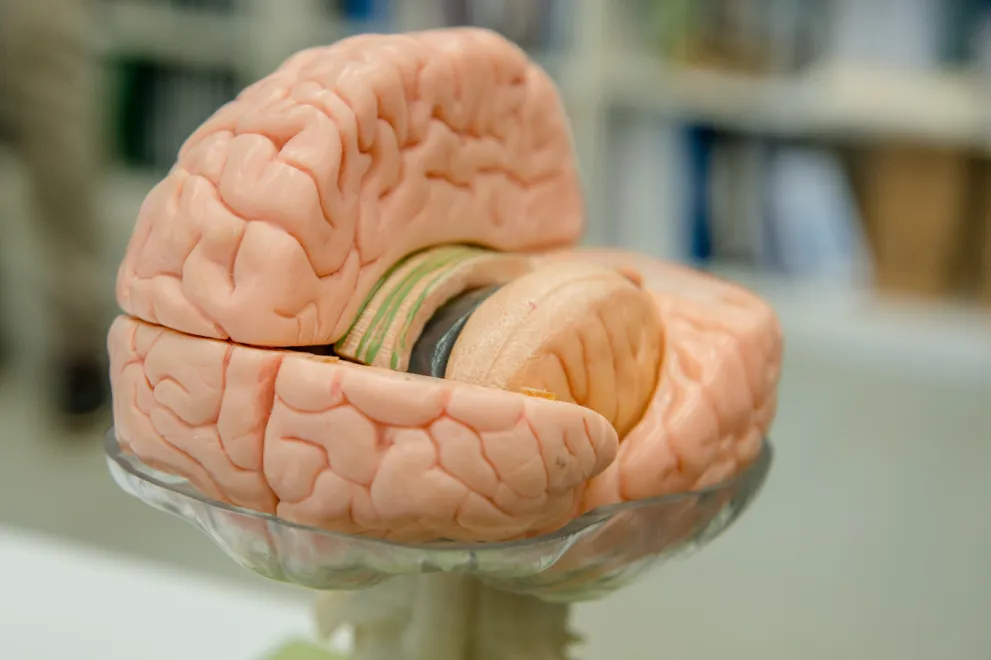Professor Caspar Schwiedrzik is Professor of Cognitive Neurobiology at Ruhr University Bochum and a member of the One Health Ruhr Research Center of the University Alliance Ruhr.

ERC Consolidator Grant 2023
The Neuronal Basis of Mental Flexibility
In this ERC grant, Professor Caspar Schwiedrzik is investigating how living beings can learn categories and apply their knowledge flexibly.
Humans and animals must constantly adapt to new situations – life without flexibility would be almost inconceivable. In his ERC Consolidator Grant “Flexible Dimensionality of Representational Spaces in Category Learning”, or DimLearn for short, Professor Caspar Schwiedrzik is investigating how this ability emerges in the brain.
The project focuses on so-called categorical learning. This form of learning enables living beings to group different stimuli into categories. Important for this is the prefrontal cortex, which is generally assumed to be the seat of higher cognitive functions. However, recent data suggests that other parts of the brain may also be involved in categorical learning. Caspar Schwiedrzik’s team is investigating this hypothesis. Schwiedrzik is interested in the question of how flexible our thoughts and our perception are and what the neuronal basis for such flexibility is.
The psychologist conducts research with humans, animals and computer models. First, all three learn a visual task. “It’s like when radiologists first have to distinguish benign from malignant tumors on a person’s X-ray image,” Schwiedrzik compares. A new task is then learned based on the same visual information. “For radiologists, for example, this would mean having to examine calcifications instead of tumors,” says the researcher.
Another special feature of this project is the combination of studies on humans and animals and the transfer of data into computer models. In humans, magnetic resonance imaging is used to investigate which areas of the brain are involved in different learning tasks and how flexibly brain activity changes in the course of learning and during new tasks. However, detailed investigations into the activity of individual nerve cells are not possible in humans. This is where laboratory animals come into play. The animals learn the same tasks as the human test subjects, but here the activity of individual nerve cells is also measured using microelectrodes. “This is necessary not only to find out where learning processes take place in the brain, but also to understand which neuronal building blocks have to interact to enable these learning processes,” says Caspar Schwiedrzik. Computer models are then used to link the experimental data with various learning theories and to simulate new data. In this way, a large number of experiments can be carried out on the computer instead of in the laboratory.
The DimLearn project will start in spring 2025 and is being funded with around 2 million euros. It is a collaborative project with the German Primate Center – Leibniz Institute for Primate Research.
